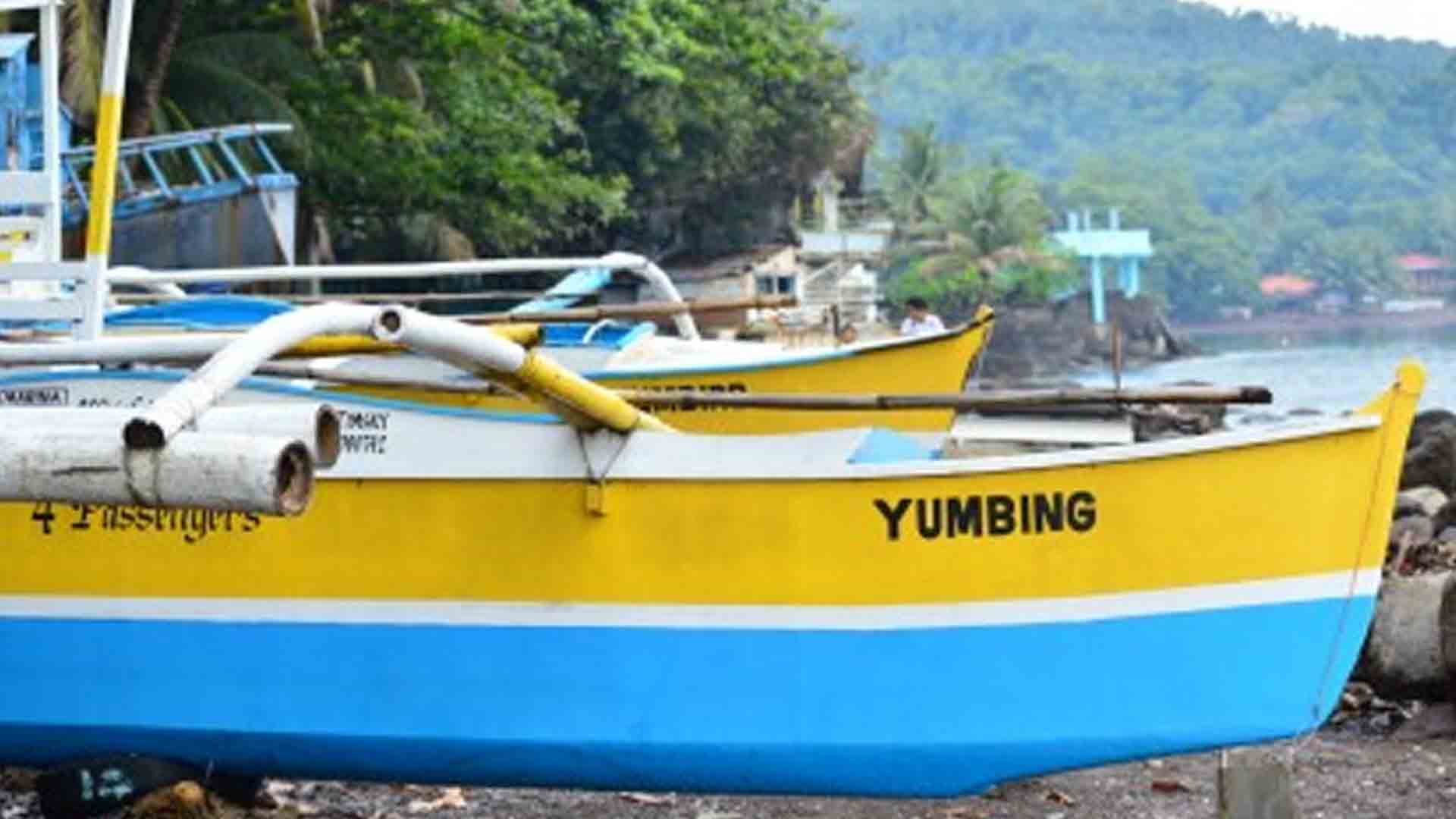Despite the threat of the pandemic and lanzones scarcity, the island province will still celebrate the annual Lanzones Festival although virtually, Governor Jurdin Jesus Romualdo said Friday.
Romualdo said they would still hold festival-related events despite a smaller volume of lanzones.
Due to erratic weather patterns, they expect an abundant harvest in December or January next year, way beyond the festival season.
Camiguin’s lanzones are considered the sweetest because of the island’s volcanic soil.
“We will still celebrate it to show the people of Camiguin that there is still hope amid the pandemic and low harvest. Even if we have a scant lanzones yield, the spirit of the Lanzones Festival will still be there to keep the morale of the Camiguinons,” he told reporters on the sidelines of the inauguration of the newly rehabilitated Camiguin Airport.
In its 42nd year, the Lanzones Festival 2021 activities from October 24 to 31, can be viewed through online streaming on social media.
Among this year’s activities are the special votive Mass for all parishes in Camiguin on October 24; TikTok dance challenge, October 24-30; online agri-tourism trade fair, October 25; “paksoy” or costume design competition, October 26; the festival king and queen contest, October 28; and inter-municipality cooking contest, October 29.
The festival will also coincide with the reopening of Camiguin’s tourism industry, which is expected to boost the local economy.
Romualdo said the provincial government had to order the temporary closure of resorts and tourist destinations and prohibition of entry of tourists since last year as the cases of coronavirus disease 2019 (Covid-19) in the country started to shoot up.
Before the declaration of the national health crisis, Camiguin recorded more than 800,000 tourist arrivals per year.
The number of visitors usually peak during the Lenten season and Lanzones Festival.
Tourism recovery
Transportation Secretary Arthur Tugade, with officials of the Civil Aviation Authority of the Philippines (CAAP), inaugurated the improved and upgraded Camiguin Airport in Northern Mindanao on Friday, before its reopening on October 25.
The completed projects included the fire station building, passenger terminal building, administration building, CAAP Security and Intelligence Service building, and runway asphalt overlay.
Tugade said as Camiguin reopens its economy and welcomes tourists next week, the completed transport facilities and infrastructure projects would augment the recovery not only of the province but the region, as well.
“If Camiguin is indeed a beauty, which it is, it needs to be given mobility and connectivity for the people of Camiguin, so that the energy and sweetness of Camiguin will be seen, felt, and experienced again,” he said.
It has been almost two years since Camiguin closed its borders to tourists due to the coronavirus disease 2019 (Covid-19) pandemic.
Meanwhile, to further develop the Camiguin Airport, future projects such as the expansion and improvement of check-in and pre-departure areas, the provision of a control tower, and the improvement of the vehicular parking area are also slated to be done.
A feasibility study on the development of the airport to accommodate larger aircraft and jet aircraft operations has also been proposed for next year.
“By next year, we will make a feasibility study where we can locate and improve the existing (airport) runway. The airport (capacity) depends on the size and width, as it also depends on the kind of airplane (it can accommodate). Now if there will be international flights from smaller airplanes, it can become an international airport,” CAAP Director General Jim Sydionco said.
Sustaining the economy
Except for the suspension of the operations of tourism sites, the island’s economic activities have been sustained, with stores and food establishments still open to residents, Romualdo said.
“Our economy was not at all crippled by the pandemic. Our local government-initiated infrastructure projects have continued, and (the) inflow of basic commodities from the mainland has not been hampered,” he said.
He added that it was a good thing that small- and medium-sized resorts have no outstanding bank loans so they were spared from having to suffer from debts and financial burdens.
Candice Naomi Dael, the provincial tourism officer, estimated that the island’s tourism sector has lost PHP2 billion since March 2020 due to the pandemic.
Dael said the figure was computed based on the daily expenditures of a tourist while staying in Camiguin before tourism activities were suspended.
These expenses include souvenir items, food, rentals, transportation fares, entrance fees, hotel, and other accommodations.
Romualdo said the reopening of the island to tourists could be seen as a return of the people’s livelihood and income.
For instance, he said, a seller of “kiping” (a circular wafer made of cassava and topped with caramelized muscovado sugar) used to earn as much as PHP3,000 to PHP5,000 a day.
“That’s just for the ordinary vendors. Restaurants and resorts (were) earning more before the pandemic,” Romualdo said, noting that a particular resort operator’s monthly income pre-pandemic could reach as much as PHP10 million a month.
With the resumption of tourism operations, he said, the earnings and livelihood of Camiguin’s entrepreneurs and business owners would return to normal.
Vaccination for tourism workers
Romualdo said the province is expected to reach population protection as soon as all of its residents are vaccinated.
“It can be done (herd immunity). Our target is 70,000. We are almost at 40,000. We plan on vaccinating at least 1,000 residents every Wednesday, Thursday, Friday, and Saturday. We hope to reach that target by January. Once that’s done, we will then start vaccinating those 12-year-old and older,” he said.
Romualdo said the country’s vaccine czar, Secretary Carlito Galvez Jr., has pledged to provide Camiguin with doses of Pfizer, Moderna, and Sinovac vaccines. (PNA)






















